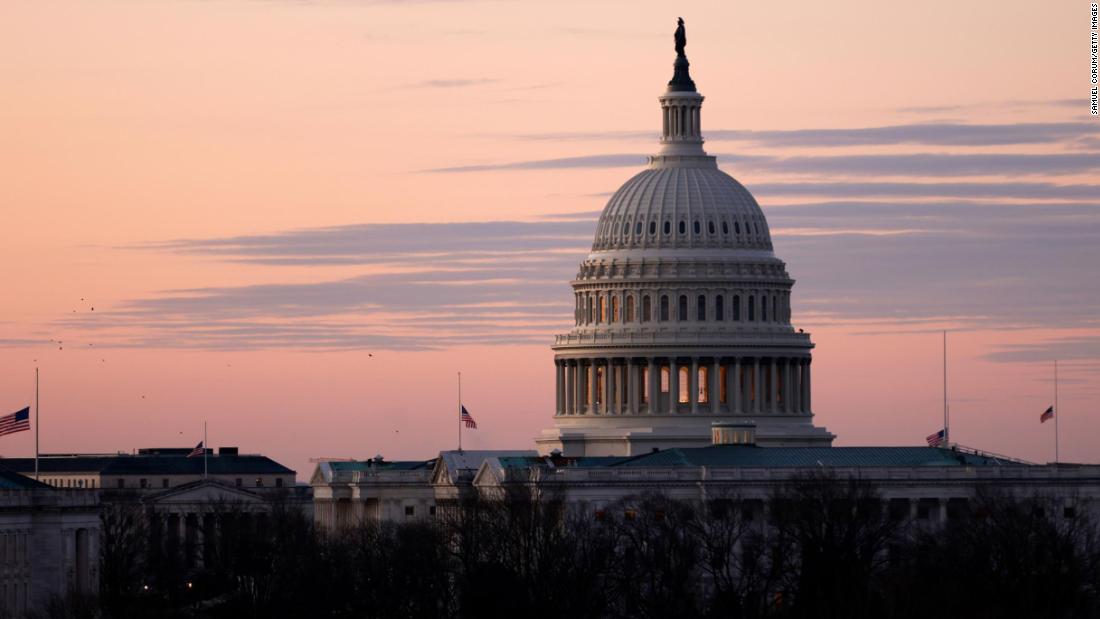
Still, I wouldn't be jumping too much for joy if I were the Democrats.
To be clear, It's not that the map is great for Republicans -- and it's still very, very early. But history suggests Democrats have their work cut out for them if they want to maintain or expand their majority of 50 seats (with Vice President Kamala Harris breaking the ties).
The simple fact is that while there are exceptions (e.g. 2018), midterms tend to be tough for Senate candidates of the party controlling the White House.
Now, there is some good news for Democrats. Of the 14 seats Democrats need to defend, the only seat without an elected incumbent running so far is in California with appointed Sen. Alex Padilla. In midterms since 1982, the opposition party has never picked up a seat that leaned as much against the opposition party (compared to the country as a whole) in the prior presidential election.
Further, there are no Democratic elected incumbents running in states President Joe Biden lost. Back in 2018, there were 10 seats Democrats had to defend in states 2016 Democratic presidential nominee Hillary Clinton lost.
The problem for the Democrats becomes apparent by comparing what looks like the best three pickup opportunities for Democrats to the best three for Republicans.
The bad news for Democrats is that three of the Democratic seats that are up in 2022 are in states where Biden underperformed his national margin (Arizona, Georgia and Nevada).
White House party incumbents running in states where their party underperformed nationally in the previous presidential election have had decent, but not great, success in midterms. The incumbent party is 30 for 41 (73%) in these seats since 1982.
This 73% may seem impressive, but it's really not.
Take a look at what are probably Democrats' best pickup opportunities. These are in the three battleground states where Republican senators have announced their retirements: North Carolina, Ohio and Pennsylvania. Biden underperformed his national margin by 3 points or more in all of these states in 2020.
The opposition party has won 31 out of 34 (91%) of open seats since 1982 in which the president underperformed his national margin in the previous presidential election.
The only times the opposition party didn't win these was when Joe Manchin, then West Virginia's governor, ran and may have acted as a pseudo incumbent in 2010 or when the president's approval rating was above 60% and Indiana's Evan Bayh won in 1998 and Minnesota's Norm Coleman won in 2002.
Either way, you don't need to be a statistician to know 91% is larger than 73%. This isn't determinative by any stretch, though it does put Democrats in a less desirable position than Republicans.
Expanding our horizons to look at all seats up this cycle, we find similar math.
There are just 10 elected Democratic incumbents who are up in states where Biden did better than he performed nationally.
The White House party has won 78 out of 93 seats (84%) in midterms with an elected incumbent of the same party running in a state where the president outperformed his national margin in the previous presidential election.
Again, that may seem like a lot, but put that 84% into perspective.
Right now, Republicans have 17 of their 20 senators who have not said they're retiring up for election in 2022. They're all running in states where Biden underperformed his national margin.
Opposition party elected incumbents have won 83 out of 84 midterm races (99%) since 1982 in states where the president underperformed his national margin in the previous presidential election. The only loss was Lauch Faircloth of North Carolina in 1998, when then-President Bill Clinton had an approval rating of above 60%.
LIke in our previous case with arguably the most vulnerable seats for both sides, the less vulnerable Democratic seats are still more vulnerable than the less vulnerable Republican held seats.
A potential saving grace for Democrats is that there are more Republican seats up for grabs.
The real problem for Democrats, however, is that while the map isn't awesome for Republicans, it doesn't seem like Democrats have the same counterbalance to the usual midterm penalty that Republicans had in 2018.
Republicans are defending 20 seats, not 26 seats like the Democrats were in 2018. They are defending zero seats in states where Biden outperformed his national margin, not the 12 Democratic-held seats in states where the Republican president, Donald Trump outperformed his national margin.
The bottom line is Democrats are likely going to need a significantly better national environment than Republicans got in 2018 in order to repeat the feat of holding onto their Senate majority. That's possible, though it's not something that I'd necessarily bet on.
"may" - Google News
January 31, 2021 at 06:02PM
https://ift.tt/2MmM59x
Why Senate Democrats may struggle in 2022 - CNN
"may" - Google News
https://ift.tt/3foH8qu
https://ift.tt/2zNW3tO
Bagikan Berita Ini














0 Response to "Why Senate Democrats may struggle in 2022 - CNN"
Post a Comment